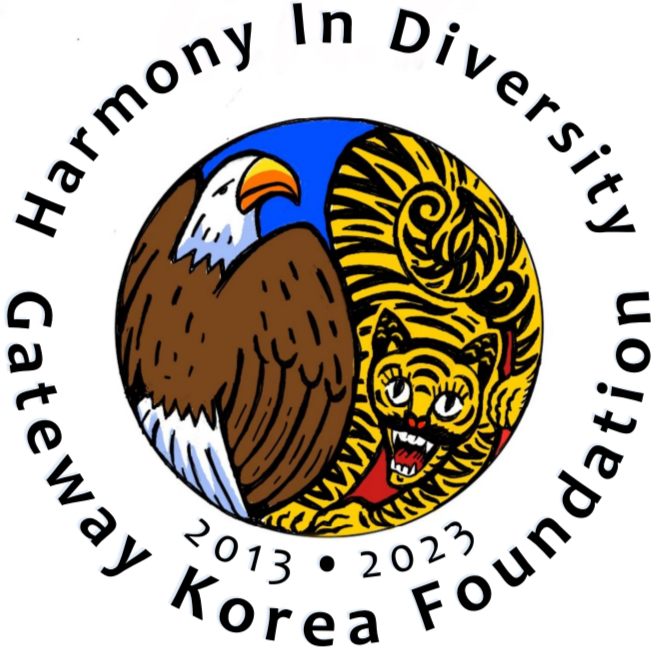TRADITIONAL CLOTHING: HANBOK
Source: HANSTYLE Date : 2018-09-06
The material below is provided by the Korean Culture and Information Service (https://www.factsaboutkorea.go.kr/bbs/view.do?ln=en).
Hanbok, the cultural clothing of Korea, was established as a part of the unique living culture of Korea, influenced by the geographical and climatic nature of the Korean peninsula, and handed down throughout the years to present times. Hanbok is also referred to as Korean traditional clothing or folk clothing.
Hanbok basically consists of jeogori (jacket) and baji (trousers), showing Northern Scythian natures. The style of Hanbok is closer to the style of the nomadic tribes of the bordering countries of Western China who wore jeogori and baji, than that of the agricultural society of China where people wore jeogori and chima (skirt). The origins of Hanbok can be found recorded on a wall painting of an ancient tomb of Goguryeo.
The basics of Hanbok are similar to the basic clothing of the northern horse-riding nomadic tribes, and was developed to be suitable for a cold climate and a nomadic life. Jeogori stretches down to the waist, with long and narrow sleeves for both men and women. Koreans wore wide or narrow baji, adjusted their dress with a belt or a leather strap, put Jeolpunggeon or dugeon over their head, and wore long boots called wha that were made for horse-riding. The clothing culture of Korea was influenced by new clothing cultures throughout the multiple invasions from foreign countries, but its basic structure has been well-preserved in history.

